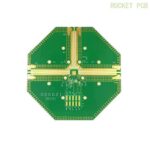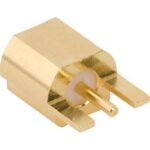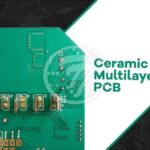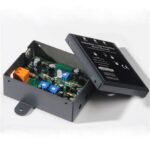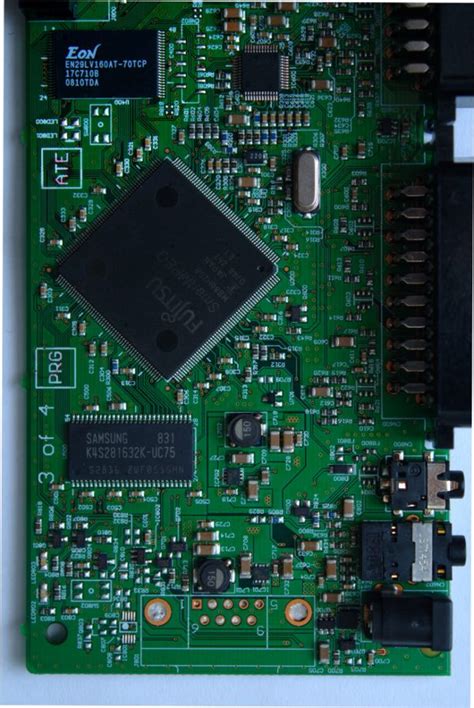
ALL ABOUT FLEX PCB
-
 Read more: Reverse Engineering PCB: What Is It and How to Make
Read more: Reverse Engineering PCB: What Is It and How to MakeWhat is PCB Reverse Engineering? PCB reverse engineering is the process of analyzing and recreating an existing printed circuit board (PCB) design without access to the original design files or documentation. This technique is used for various purposes, such as: Understanding the functionality of a PCB Reproducing obsolete or hard-to-find […]
-
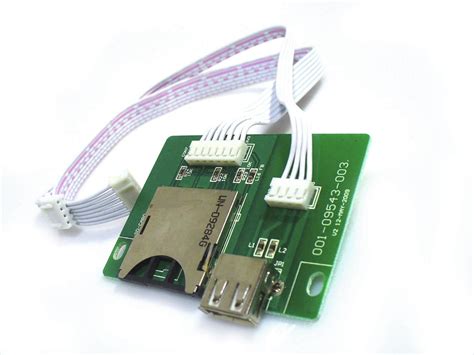 Read more: PCB Slot: The Perfect Solution for Your Electronics Assembly Needs
Read more: PCB Slot: The Perfect Solution for Your Electronics Assembly NeedsWhat is a PCB Slot? A PCB slot, short for printed circuit board slot, is a type of interconnect used in electronics assembly to securely mount and connect PCBs together. PCB slots provide a simple yet effective way to join multiple circuit boards at right angles to create more complex […]
-
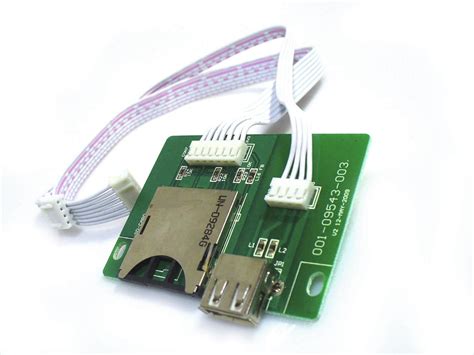 Read more: PCB Slot: All the Details You Need for YRAYPCB Design
Read more: PCB Slot: All the Details You Need for YRAYPCB DesignWhat is a PCB Slot? A PCB slot, also known as a card edge connector, is a type of electrical connector used to connect a printed circuit board (PCB) to another PCB or component. It consists of a series of conductive pads, usually gold-plated, arranged on one or both sides […]
-
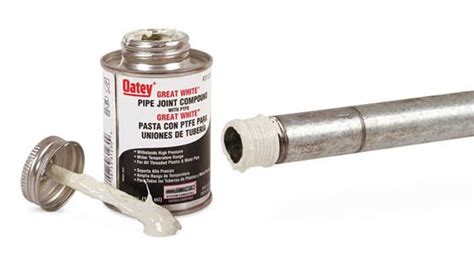 Read more: What is the difference between Rogers and Teflon PCB?
Read more: What is the difference between Rogers and Teflon PCB?Overview of Rogers and Teflon PCB Materials Rogers PCB Materials Rogers Corporation is a leading manufacturer of high-frequency laminate materials for PCBs. Their products are known for their exceptional electrical properties, low dielectric loss, and stable performance over a wide range of frequencies and temperatures. Rogers materials are commonly used […]
-
Breakaway Tabs PCB: How to build and use one
Posted by
–
 Read more: Breakaway Tabs PCB: How to build and use one
Read more: Breakaway Tabs PCB: How to build and use oneWhat is a Breakaway Tabs PCB? A Breakaway Tabs PCB, also known as a snap-off PCB or break-off PCB, is a type of printed circuit board that features tabs or sections that can be easily separated from the main board. These tabs are designed to be broken off cleanly, allowing […]
-
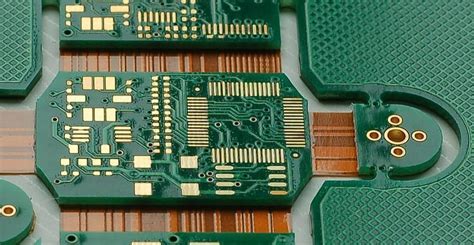 Read more: What Is The Difference Between a Rigid PCB And a Flex PCB
Read more: What Is The Difference Between a Rigid PCB And a Flex PCBIntroduction to PCBs Printed Circuit Boards (PCBs) are the backbone of modern electronics. They provide a platform for electronic components to be mounted and interconnected, enabling the creation of complex electronic devices. PCBs come in various types, each with its own unique characteristics and applications. Two of the most common […]
-
Teflon PCB: The Definitive Guide
Posted by
–
 Read more: Teflon PCB: The Definitive Guide
Read more: Teflon PCB: The Definitive GuideIntroduction to Teflon PCB Teflon PCB, also known as PTFE (Polytetrafluoroethylene) PCB, is a specialized type of printed circuit board that utilizes Teflon as the base material instead of the more commonly used FR-4. Teflon is a synthetic fluoropolymer known for its exceptional properties, including high thermal stability, low dielectric […]
-
Embedded Linux Tutorial- All you need to Know
Posted by
–
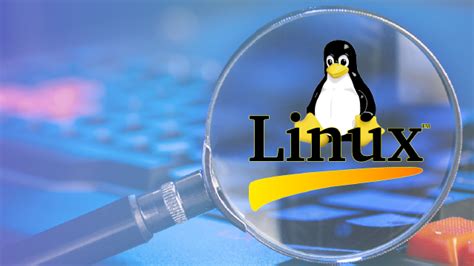 Read more: Embedded Linux Tutorial- All you need to Know
Read more: Embedded Linux Tutorial- All you need to KnowIntroduction to Embedded Linux Embedded Linux is a popular choice for developers working on embedded systems due to its flexibility, robustness, and open-source nature. This tutorial aims to provide a comprehensive guide to embedded Linux, covering everything from the basics to advanced topics. What is Embedded Linux? Embedded Linux refers […]
-
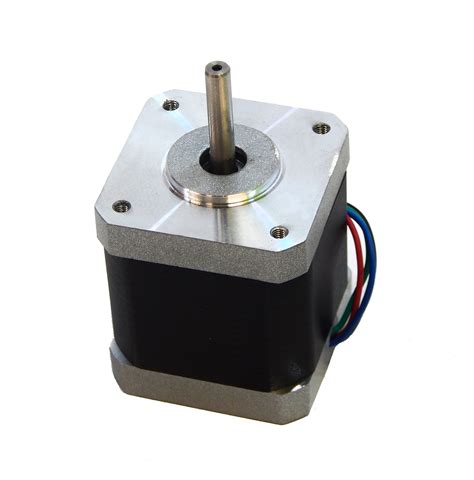 Read more: NEMA 17- The High Torque Stepper Motor Working Principle
Read more: NEMA 17- The High Torque Stepper Motor Working PrincipleIntroduction to Stepper Motors Stepper motors are a type of electric motor that can precisely control the position, speed, and direction of rotation. Unlike conventional DC motors, which rotate continuously when a fixed DC voltage is applied to their terminals, stepper motors rotate in discrete steps. This unique feature makes […]
-
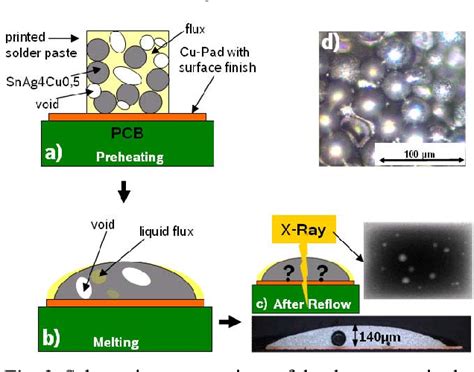 Read more: Explaining Reflow Soldering for PCB Assembly by RAYPCB
Read more: Explaining Reflow Soldering for PCB Assembly by RAYPCBIntroduction to Reflow Soldering Reflow soldering is a crucial process in the manufacturing of printed circuit boards (PCBs). It is a technique used to attach surface mount components to the PCB by melting solder paste, which forms a strong electrical and mechanical connection between the components and the board. Reflow […]
